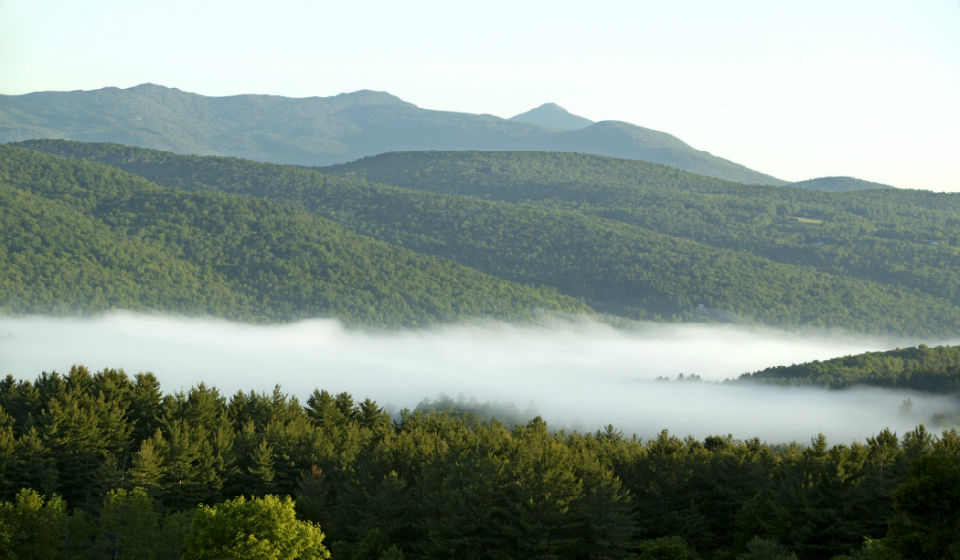Wednesday, August 19
7-8:30 PM
Old-growth forests can be defined as forested ecosystems that have developed somewhat independently over a long time, usually at least several centuries. In addition to being beautiful demonstrations of how forests naturally grow and develop, old-growth forests are incredibly valuable for our landscape. They are diverse and resilient, feature amazing habitat opportunities for wildlife, provide clean air and clean water, and store more carbon than the relatively young forests that dominate Vermont’s landscape today. Vermont contains very little old-growth forest today, although ecologists have placed an ideal target of at 6.7% of Vermont’s landscape (9% of our forests) to be maintained as “old forest.”
Join Ethan Tapper, the Chittenden County Forester, for a discussion of old-growth forests. Ethan will discuss what old-growth forests are like (it may surprise you!), why they should be important to us, and what our role may be in helping develop new old growth on our landscape.
In addition to allowing forests to grow and develop into old growth on their own, new research has highlighted opportunities to manage forests actively to become more like old-growth forests sooner than they would naturally. Combined with an ecological forestry approach, this presents an opportunity to manage forests while increasing biodiversity, resiliency, and overall health. Ethan will discuss opportunities for employing this approach across Vermont’s landscape.



